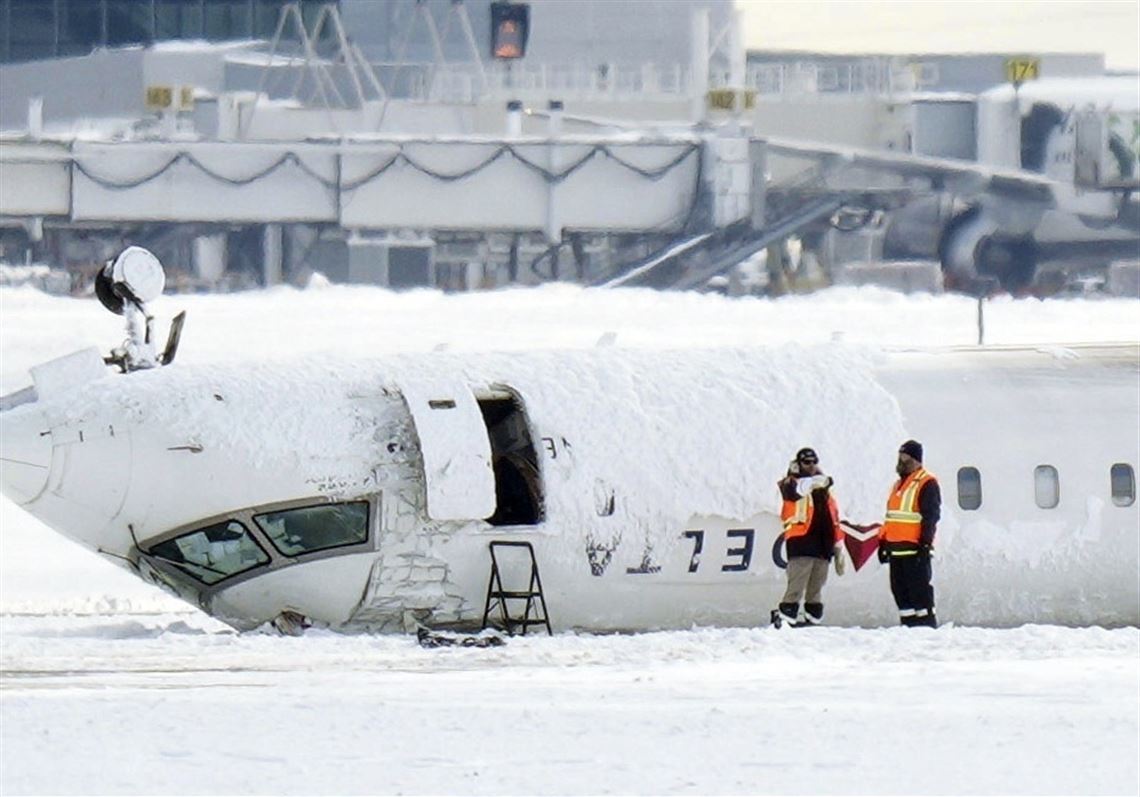Will Rogers State Beach, long known for its sunlit lifeguard towers, golden sand, and the vibrant scenes of “Baywatch,” is now a stark reflection of the devastation left behind by the Palisades and Eaton fires. Once a haven for surfers and beachgoers, the area is now overrun by cleanup crews in hazmat suits, sorting through the aftermath of one of the worst wildfire disasters in U.S. history.
A Once-Vibrant Beach Now a Cleanup Zone
The fires, which raged across Los Angeles, left behind an estimated 4.5 million tonnes of debris, dwarfing the 400,000 tonnes generated by the catastrophic 2023 Maui fires. This staggering amount of waste has transformed the beach into a temporary sorting ground for hazardous materials, including charred electric vehicle batteries, melted structures, and chemical-laden ash.
The Environmental Protection Agency (EPA) has taken the lead in this unprecedented cleanup effort. With a tight deadline of February 25, the agency is working against the clock to remove contaminated debris before the hazardous waste can further impact the region’s delicate ecosystems. This rapid response was mandated by an executive order from President Donald Trump, demanding that the EPA expedite the removal of toxic materials.
![]()
Controversy Over Cleanup Methods
The decision to use Will Rogers State Beach as a sorting ground has sparked outrage among environmentalists and local residents. Actor and environmental activist Bonnie Wright, best known for her role as Ginny Weasley in the “Harry Potter” films, has been vocal about the issue. She and other activists fought to relocate the sorting process away from sensitive areas like the Topanga Creek watershed. While they were able to move the most hazardous materials, such as burned electric vehicle batteries, further down the road, much of the toxic sorting remains dangerously close to the coastline.
Wright emphasized the contradiction of placing hazardous waste even closer to the ocean, arguing that it represents a significant step backward in environmental protection efforts. The EPA, however, insists that logistical challenges necessitate the use of large, accessible areas like the Pacific Coast Highway for sorting and transportation, rather than the difficult-to-navigate mountainous regions where the fires initially occurred.
![]()
The Hidden Dangers of Burned Electric Vehicle Batteries
Among the most concerning elements of the cleanup are the damaged lithium-ion batteries from burned electric vehicles. These batteries pose unique risks due to their ability to reignite or explode long after being exposed to extreme heat. Steve Calanog, the EPA’s incident commander for the Los Angeles fires, likened them to unexploded ordnance, stating that they require careful handling to prevent further disasters.
Despite criticism over the speed of the cleanup, Calanog argues that delaying the process would only increase the risk of contaminants reaching the ocean. The agency has already begun removing hazardous waste while fires were still smoldering, recognizing the urgency of the situation.
![]()
Comparisons to the Maui Wildfires and Lingering Concerns
Lessons from the Maui fires provide both hope and caution for the Los Angeles coastline. In Maui, cleanup efforts took over three months, and even 18 months later, some areas remain closed to the public. Scientists and environmental agencies are still monitoring the long-term effects of airborne toxins and heavy metal contamination in the water and soil.
For Los Angeles, the scale of destruction is even greater, making it unclear how long it will take before the environment fully recovers. The EPA and the Army Corps of Engineers are moving faster than they did in Maui, but many worry that speed may come at the expense of thorough safety precautions.
![]()
The Impact on the Ocean and Surfing Community
One of the biggest concerns for locals is the impact on the ocean. The Los Angeles County Department of Public Health initially closed beaches along a nine-mile stretch, citing concerns about runoff carrying toxic chemicals into the water. Heavy rains in January exacerbated the situation, leading to mudslides that washed debris and ash into the Pacific.
While most beaches have since reopened, a water advisory remains in effect from Santa Monica to Malibu. Swimmers and surfers are warned to avoid any areas where fire debris is visible and to heed posted advisories before entering the water.
Environmental organizations like Heal the Bay and the Surfrider Foundation have been testing water samples for signs of contamination, including heavy metals and “forever chemicals” that could pose long-term health risks. However, toxicology tests can take weeks or even months to produce conclusive results. In the meantime, some surfers are taking risks, braving the murky, debris-filled waves despite the warnings.
Annelisa Moe, an environmental scientist with Heal the Bay, recounted a chilling scene: while observing the EPA’s sorting site, she saw two surfers paddling out into what she described as “chocolate milk”-colored water filled with brown foam. The stark contrast between a seemingly perfect beach day and the toxic reality of the coastline underscored the unsettling nature of the disaster’s aftermath.
Uncertain Timelines and Lingering Fears
Authorities continue to test air and water quality, but answers remain elusive. The Los Angeles Regional Water Quality Control Board’s early tests suggested better-than-expected results, but officials still caution that exposure to residual toxins is possible.
Eugenia Ermacora of the Surfrider Foundation echoed the frustration of many residents, explaining that her organization’s water testing typically focuses on bacterial contamination rather than toxic metals. This means that while some data is available, key questions about the long-term safety of the ocean remain unanswered.
For some, the psychological toll of the disaster is just as devastating as the physical destruction. Chad White, a lifelong surfer who grew up in the Palisades, says he has lost all desire to return to the waves. Seeing the coastline transformed into a “toxic waste dump” is too painful, he said, adding that many of his friends lost their homes in the fires.
A Beach Forever Changed?
The fires have reshaped not only the landscape but also the identity of Will Rogers State Beach. Once an emblem of California’s idyllic coastal lifestyle, it now stands as a sobering reminder of nature’s fury and the ongoing battle to balance environmental safety with rapid disaster response.
While cleanup efforts continue, the community remains divided—some hopeful that the beach will eventually return to its former glory, others fearful that the damage, both ecological and emotional, may be permanent. For now, the golden sands of Will Rogers State Beach remain overshadowed by the aftermath of fire and the urgency of recovery, a stark testament to the challenges facing coastal communities in an era of increasing climate disasters.


